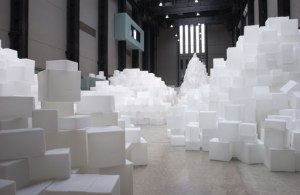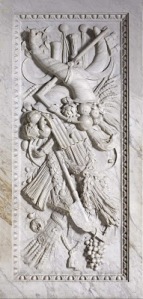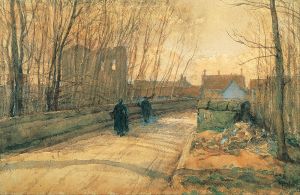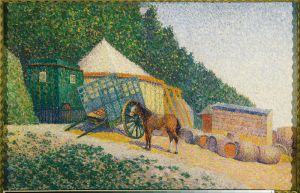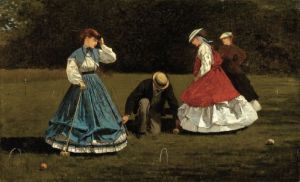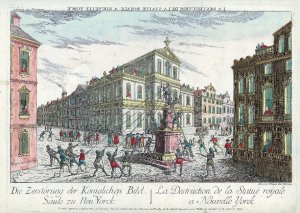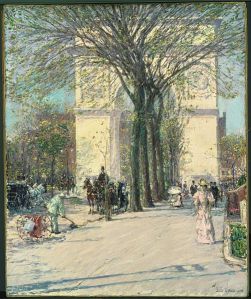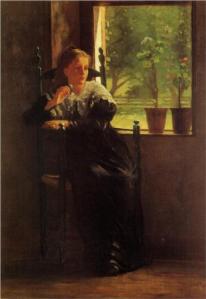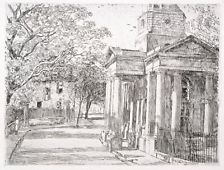“Embankment” By: Rachael Whiteread (2005)
Rachael Whiteread’s artworks here is a great example of open volume. This space is enclosed and a path is created by the towering boxes, allowing the viewer to walk through
The boxes are arranged in a variety of ways. This high variety makes the room seem a bit chaotic and overwhelming
Whiteread created motion in her sculpture by the placement of some of the boxes that seem like they could tip over at any moment. Motion is also created in the way that the viewer is guided through the maze of boxes
